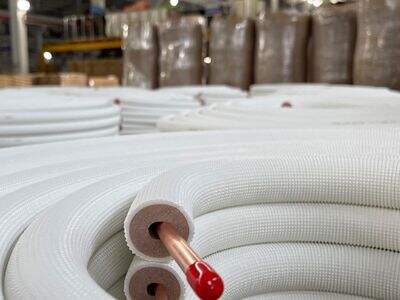When designing electrical systems in confined spaces, it’s key to consider the flexibility of materials. Electrical whips are a specialized tool used in electrical work, but they can be tricky to wield in confined spaces.
Electrical whips are flexible pipes containing wires.
They keep electricity flowing safely from place to place. However, in tight spaces, they can be difficult to bend and connect properly. This can lead to a real pain for the electricians to do No Limit cycling it just right.
Problems with Effective Use of Electrical Whips in Limted Space
In tight spaces, electricians can struggle to bend and shape electrical whips accordingly. If they can’t do so correctly, it can cause issues and make the electrical system unsafe.
To address these issues, it is essential to choose electrical whips that are designed for small spaces. DABUND Pipe provides easy to bend, flexible Electrical Whip ideal for tight spaces.
How to Properly Install Electrical Whips
For safety and how well the electrical system works, it is very important to get electrical wires into confined spaces. To avoid damage, electricians have to ensure that the whips are installed and wired correctly.
When it comes to electrical whips, it is important to follow the instructions closely.
Some double-whip antennas are rather easy to install, though, which is nice for tightening things up. “ScanTenna” products from Antennacraft/ADS and the “scanner poolflex” from DABUND PIPE Insulated Copper Pipe both give pretty good instructions on how to install their flexible whips, and they operate up around low VHF so they’re quite well-behaved in small spaces.

